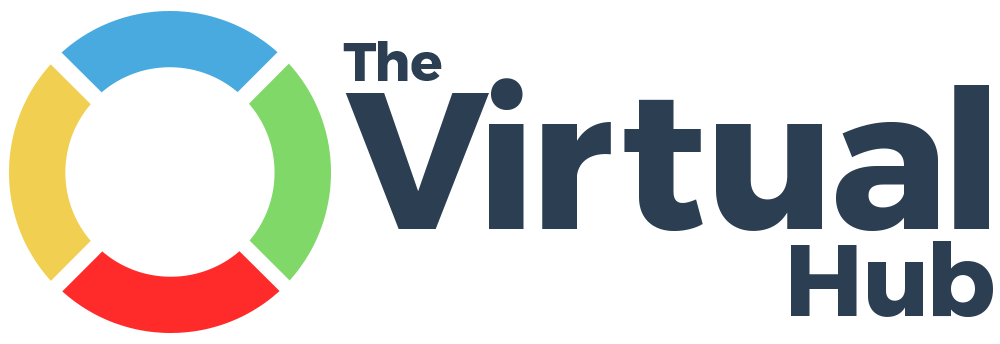Authored by: Barbara Turley, CEO - The Virtual Hub
"Try to anticipate and prepare ourselves for what’s to come"
In my last series about how I, and the team at The Virtual Hub, have been navigating 2020 since the pandemic hit and unfolded over the last several months, I shared with you how we pulled off our response to the initial crisis.
Now, I’m starting a new series of articles about what we’re expecting next and to offer some potential insights and advice about how you may want to prepare going forward.

Recap Of COVID-19 Crisis Management
If you recall from the last series, we first had the “stop the bleeding” and get our entire team working remotely to maintain business as usual – at least as much as possible in a totally new and urgent situation. Next, we developed a pivot plan of new offerings, based upon what we thought would be most helpful to our clients and other businesses at the outset of the crisis.
Finally, after weeks of sleepless nights and hesitation (not to mention comfort food and wine), I “failed” to pull the trigger on launching our pivot, even though it was 100% planned out, down to the sales page that was ready to be published on our website.

My gut was told me to avoid making sweeping changes because 1) our core offer was still highly relevant (if not more so) to our business owner clients, and 2) that in the absence of absolute need to pivot, it didn’t make sense to add new processes and services to our model.
I was already exhausted from juggling the ongoing and ever-changing needs of working during the pandemic. I sure as hell didn’t have the bandwidth to tackle a new business model and practices – and neither did the team.
In the end, we set aside the plans for pivoting and, instead, doubled down on our core offer.
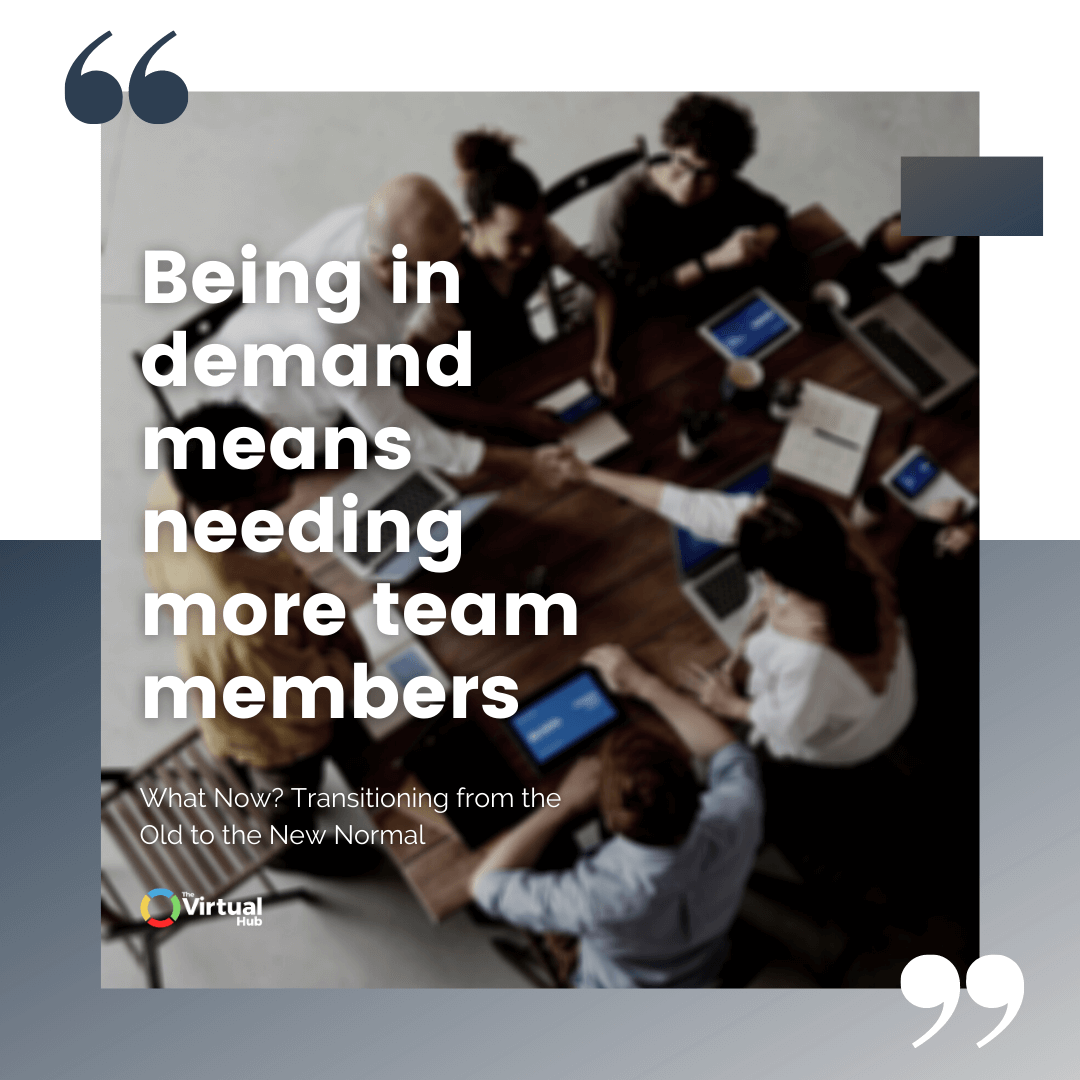
What’s Been Happening Lately?
Well, as you know, the COVID-19 continues to surprise us – with new information on how it’s transmitted, new flare-ups in regions where the virus had been largely under control, and changing economic, health, and political policies around “flattening the curve.” Since my last writing, we took a bit of a “second-wave” hit, as the Philippines went into lockdown mode a second time.
From mid-March through early June, the Filipinos experienced one of the world’s longest and strictest lockdowns.
Their quarantine included the stoppage of public transportation and work from home orders (wherever possible), among other restrictions.
Their swift and aggressive approach to quarantining was what created our initial scramble to get our virtual assistants set up for remote work in March.

Remember back then, when – SNAP! – the whole world shut down nearly simultaneously, but we expected it to last for two to maybe six weeks? (Those were the days – am I right?!)
We rushed to get our virtual assistants and other team members set up for remote work, but we expected it to be temporary. So, we didn’t necessarily create ideal conditions that would work for the long haul.
Fortunately, setting up for the long-term and dealing with this second shutdown was somewhat easier to pull off than the instant crisis that sprung up in March. (But still. My decision making and resilience muscles are tired.)
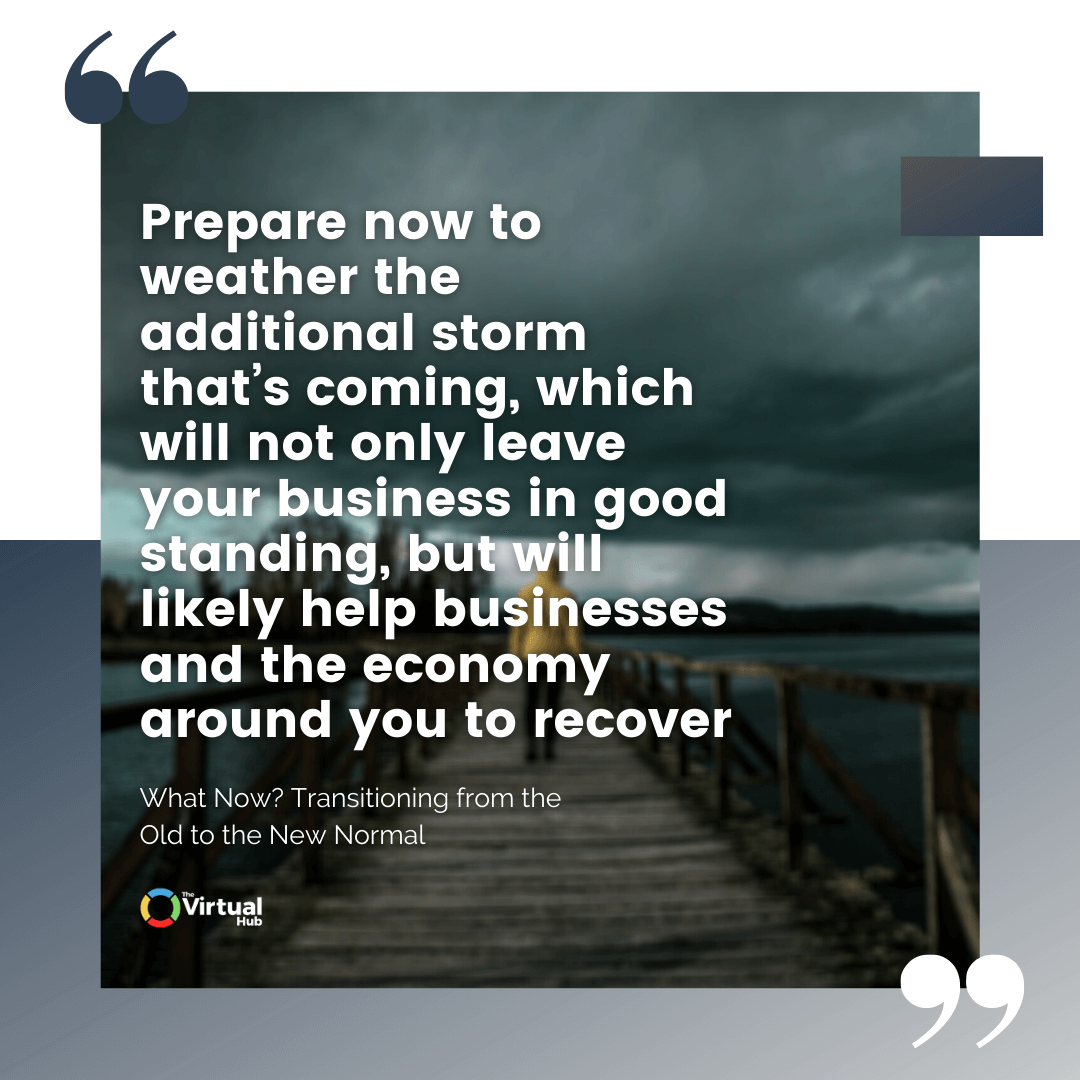
The New Challenges
At the same time, the pandemic has “gifted” us a new tricky situation: how to recruit and hire new staff in a quarantined world. The good news is we were right – our core offer for offshore virtual assistants not only continues to be solid, it’s in demand, as so many businesses around the world have shifted to remote working models. Being in demand means we need more team members.
The bad news is it’s difficult to hire and train staff in a 100% remote working environment, especially when COVID-19 has caused high unemployment, leaving many people desperate to find work. You might think having a boatload of applicants would work in our favor because, with so many choices, we could just pluck out the best of the best.
Yet, it’s ridiculously time consuming (and frankly, mentally exhausting) to fish through applications, conduct interviews, and then attempt to discern which candidates are truly a good fit for the work we do and our work culture. I’m going to come back this challenge and how we’re addressing it in a later article. (You can learn from our mistakes – we are!)

On top of the extra energy needed for recruiting, hiring, and training, we’re still continually adapting to the pandemic conditions, as they change from month to month or even week to week. Who am I kidding? It can be from one day to the next, depending upon where in the world you live, and I know you know what I mean! New problems and obstacles are right in front of our faces, day after day, and all we can do is our best to handle them as they pop up.
Then, as if we didn’t have enough plates to spin, we need to juggle all of that and try to anticipate and prepare ourselves for what’s to come.
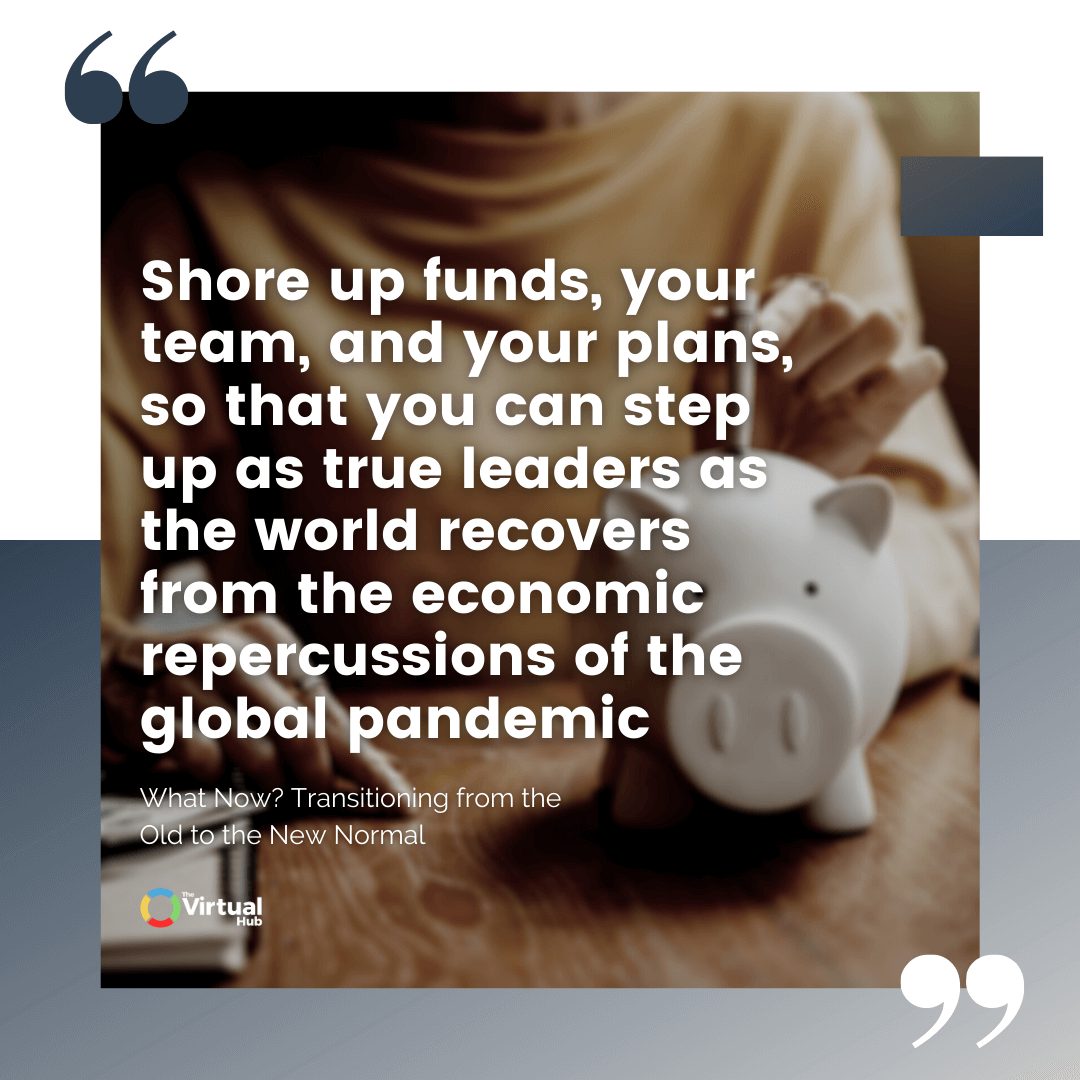
The Crisis On The Horizon
We’re still immersed in this crisis, which we’d all thought we’d be pulling out of by now, and as noted above, it can be a bit of a daily struggle to keep up. Well, I have some bad news for you, which I’m sharing not to alarm you but so you can prepare. COVID-19 looks like the crisis – and so far, it’s the biggest most of us have had to face in our lifetimes. But here’s the thing….
COVID is just the first domino of the bigger crisis that’s looming, which will be the economic fallout.
You may think that with GDPs dropping and unemployment rising to new heights that it’s bad now. But consider how much government relief is reducing the economic damage all over the world.
Yet, as I’m sure you’re probably painfully aware (because of the news cycle where you live), these government bailouts can’t go on forever. Plus, the amount of government bickering over how best to respond is escalating.
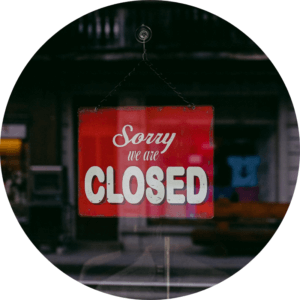

Also, my background in finance tells me that there’s more to come, which will be potentially much worse. That’s the bad news. The good news is that you can prepare now to weather the additional storm that’s coming, which will not only leave your business in good standing, but will likely help businesses and the economy around you to recover.
For the last few months, the world has relied on “front line” and “essential” workers to provide the food and the medical attention we needed.
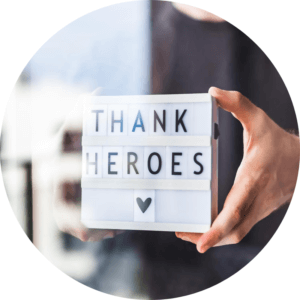
Our literal survival has been in their hands hundreds of thousands of times since the beginning of the year. (Bless these people for their expertise, dedication, and endurance!)
Well, during the next wave of the crisis, a new group of “front line” workers are going to step up to the challenge.
Who are they? They’re you and I. They’re entrepreneurs and business owners. They’re the crafty, innovative, and agile people who will prepare now and continue to rise to the occasion to grow their businesses and keep the cash flowing in the local, national, and global economies.
"Buckle up because you’re either going to get on board or get left behind!"
In the next couple of articles, I’m going to share some of the steps we’re taking – and you can take, too! – to shore up our funds, our team, and our plans, so that we can step up as true leaders as the world recovers from the economic repercussions of the global pandemic.
Buckle up because you’re either going to get on board or get left behind!
